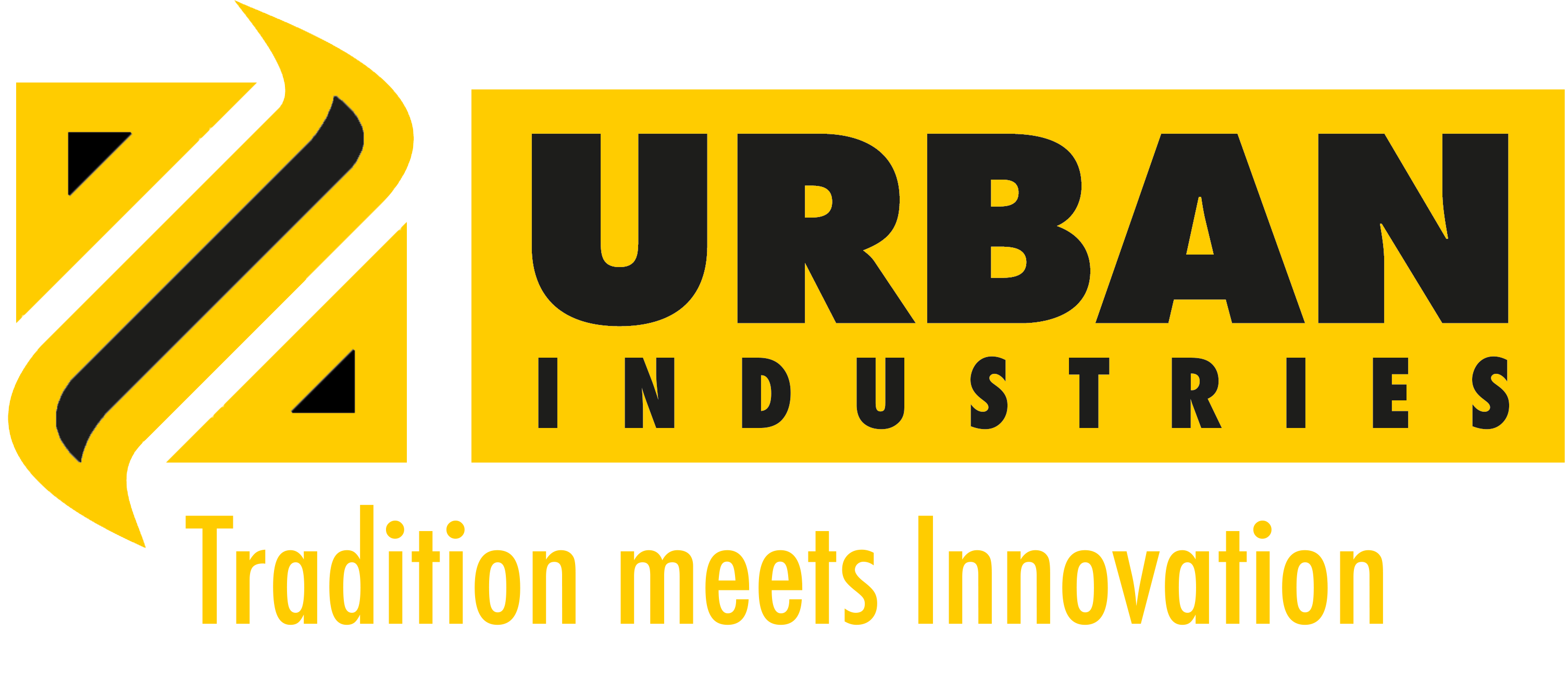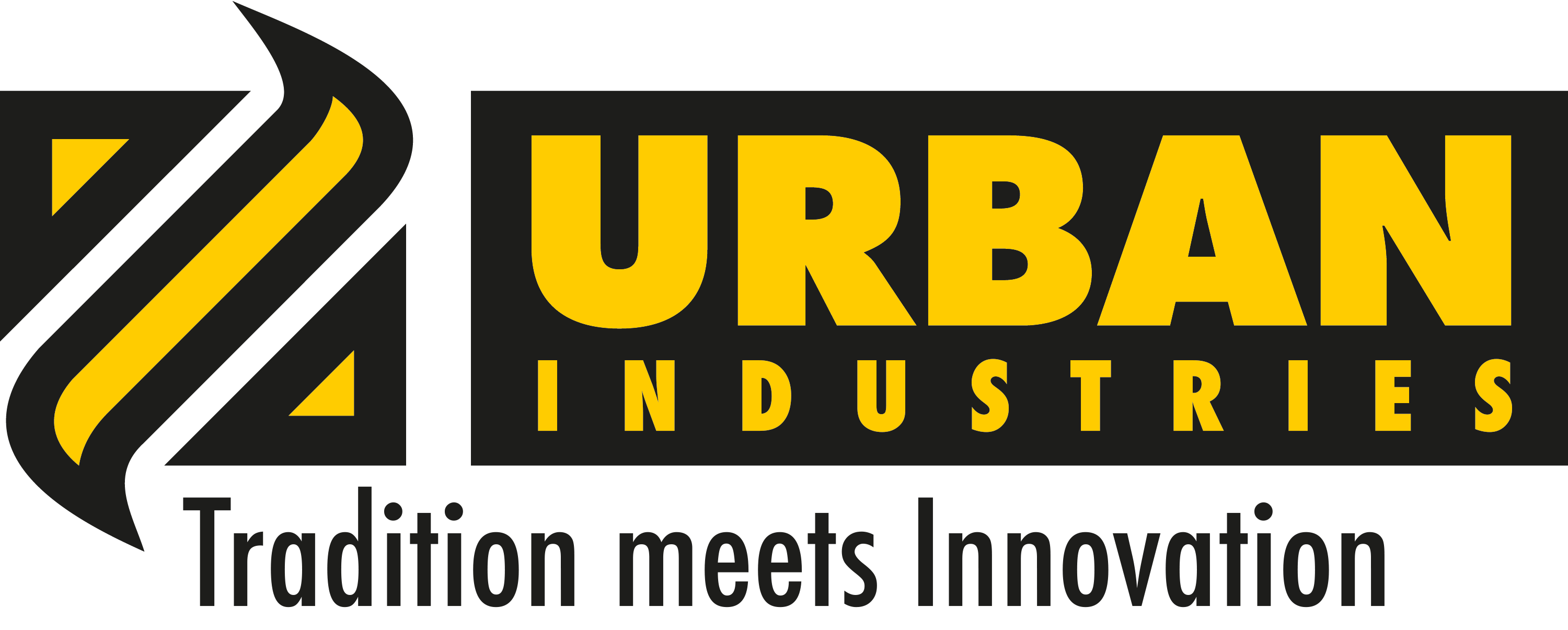Fuel tank armor
Safe storage for fuel in any environment
Fuel tank armor is an essential safety solution for vehicles operating in hazardous or extreme conditions. These large-volume, armored housings protect fuel supplies from external influences, mechanical damage and explosion risks.
What is fuel tank armor?
Fuel tank armor is a specially developed housing that protects fuel tanks from external influences. It is used to ensure the safety of vehicles and their occupants by minimizing the risk of explosions and leaks .
The main functions of the fuel armor are
- Protection against damage: Prevents mechanical damage caused by external influences such as bullets, impacts or falling objects.
- Fire protection: Reduces the risk of ignition and explosions in the event of heat or fire.
- Fuel system integrity: Maintains the structural stability of the tank even under extreme conditions.
Materials for fuel tank armor
The materials used for fuel tank armor are critical to its protective function and longevity. Typical materials include:
- Armored steel: Provides high stability and protection against shelling and mechanical impact.
- Titanium: Ideal for lightweight vehicles as it combines low weight with high strength.
- Composite materials: Kevlar and carbon fiber are used to provide splinter and blast protection.
- Coatings: Fire-resistant and corrosion-resistant coatings provide additional protection and durability.
The choice of material depends on the specific application requirements and the vehicle type.
How does fuel tank armor work?
Fuel tank armor works through a combination of protective mechanisms that respond to various threats:
- Mechanical protection: The armor absorbs impacts and prevents physical damage to the tank.
- Fire protection: Fire-retardant materials and special coatings prevent ignition of the fuel.
- Energy section: When fired upon, the energy is dispersed to prevent it from entering the tank.
Areas of application for fuel tank armor:
Fuel tank armoring is used in various applications and industries:
- Military vehicles: protection against fire and explosions in conflict zones.
- Security vehicles: Protection of fuel systems in armored vehicles for VIPs and diplomats.
- Industry: Use in vehicles operating in hazardous working environments such as mines or chemical plants.
- Special transporters: Securing fuel tanks in vehicles transporting hazardous goods.
- Rescue services: Protection of fuel supplies during operations in disaster areas.
Advantages of modern fuel tank armor
Fuel tank armor offers numerous advantages:
- Maximum protection: Protection against damage, leaks and explosions.
- Durability: High-quality materials and precise construction ensure a long service life.
- Adaptability: Armor can be adapted to different vehicle types and tank sizes.
- Weight optimization: Modern materials reduce the additional weight without sacrificing the protective function.
- Simple retrofitting: Many types of armor can be integrated into existing tank systems .
Construction of modern fuel tank armor
The construction of fuel tank armor requires the highest precision and the latest technologies:
- CAD design: Computer-aided planning ensures perfect adaptation to the tank shape.
- Modularity: Individual armor elements can be replaced or extended as required.
- Damping systems: Additional shock absorbers minimize the effects of vibrations.
- Fire-retardant coatings: Protection against extreme temperatures and fires.
Future trends in fuel tank armoring
The further development of fuel tank armor is being driven by new technologies and materials:
- Lightweight construction: Use of nanocomposites and carbon fiber to reduce weight.
- Smart tanks: Integration of sensors to monitor the fuel level, temperature and possible damage in real time.
- Sustainability: Use of environmentally friendly and recyclable materials.
- Automated production: Advanced production technologies improve precision and efficiency.
The challenge of development
The development of modern fuel tank armor faces several challenges:
- Weight management: The armoring must not impair vehicle mobility.
- Costs: High-quality materials and technologies make the systems cost-intensive.
- Complexity: Adaptations to different tank shapes and vehicle types are required.
Conclusion
Fuel tank armor is an essential safety solution for vehicles operating in extreme or hazardous environments. With robust materials, innovative designs and state-of-the-art technologies, they ensure the protection of fuel supplies and vehicle occupants. Whether in military, industrial or civilian applications, these armor systems set new standards in the safety and efficiency of modern vehicle technology.

